#Plastic and Cosmetic Surgery
Text
1911 plastic surgery book! Woo! Here we go!
2 notes
·
View notes
Text
Plastic and Cosmetic Surgery Cost
In recent years, the desire for beauty and self-improvement has grown in popularity, increasing in demand for plastic and cosmetic surgical procedures. India, with its internationally recognized facilities, experienced surgeons, and advanced technology, has become a popular destination for people looking for transformative procedures.
India provides a complete range of plastic surgery operations designed to improve or restore physical looks. Renowned cosmetic surgeons in the nation perform a variety of operations, including those for the face, neck, limbs, breasts, stomach, and head. Scar revision, nose surgery restoration, burn therapy, and facial implants are among the various treatments offered.
Plastic surgery is necessary in circumstances of congenital deformities, illnesses, burns, or the necessity to repair certain body parts or face characteristics. Leading surgeons in India are well-equipped to manage delicate conditions, including as cleft lip and cleft palate procedures, which address concerns affecting nutrition, hearing, speech, and general social integration.
Treatment Options
Non-Surgical Procedures: Botox, dermal fillers, and laser treatments are less invasive options for people wanting minor changes without the risks of surgery.
Reconstructive Surgery: Beyond cosmetic changes, reconstructive surgery is required to restore function and appearance after accident, sickness, or congenital issues.
Body Contouring: Procedures like liposuction, stomach tucks, and body lifts address excess fat and sagging skin, molding the body to a more desirable shape.
Facial Rejuvenation: Procedures including facelifts, rhinoplasty, and eyelid surgery try to diminish indications of aging by improving facial characteristics for a younger and more refreshed look.
Breast Augmentation or Reduction: These operations address a variety of needs, including enhancing breast size and shape, reducing discomfort, and improving symmetry.
Plastic and cosmetic surgery cost in India is an important factor to consider. Affordability, along with high-quality medical facilities, makes India a desirable destination. Rhinoplasty ($940-$2,010), breast augmentation ($1,340-$2,010), liposuction ($670-$4,020), and abdominoplasty (about $1,845 in Delhi) are some of the common prices. While plastic and cosmetic surgery in India can provide impressive results, it is important to be aware of the risks and negative aspects. Scarring, infection, nerve damage, hematoma, seroma, and an unsatisfactory cosmetic result are all common risks.
Many hospitals in India are known for their expertise in plastic and cosmetic surgery, including Fortis Hiranandani Hospital, Fortis Memorial Research Institute, Divine Cosmetic Surgery Clinic, BLK Super Specialty Hospital, Artemis Hospital, and others. Plastic and cosmetic surgery in India combines experience, creativity, and cost, making it a popular alternative for individuals looking for aesthetic changes. With a varied selection of procedures, competent surgeons, and advanced facilities, India is a global destination for those seeking to find their real beauty.
Al Afiya Medi Tour is a leading medical tourism company in India. We offer medical tourism services such as finding the right doctor, the right hospital, and cost estimation for medical treatment in India for foreign patients. Some of the main countries are Bangladesh, South Africa, Egypt, Uganda, Zambia, Sudan, Dubai, Namibia, Iraq, Kenya, Saudi Arabia, Ethiopia, Nigeria, and so on. We provide free medical assistance for TURP surgery cost, lung cancer treatment,, liver transplant cost, blood cancer treatment, the best hospital for heart valve replacement, liver cancer treatment, bone marrow transplant cost,arthroscopic surgery, bone marrow transplant, best liver transplant hospital, brain tumor surgery, cosmetic andplastic surgery, heart surgery, kidney transplant, spine tumor surgery,best bone marrow hospital, etc. If you are searching for free medical and healthcare consulting to find the best hospitals and top doctors and surgeons in India for any treatment then contact us- Alafiyameditour.com. Source: https://alafiyameditour1.blogspot.com/2024/01/plastic-and-cosmetic-surgery-cost.html
0 notes
Text
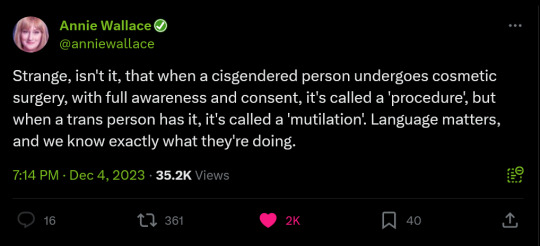
#cosmetics#top surgery#plastic surgery#lgbtqia#lgbtq#lgbtq community#lgbt pride#queer#lesbian#nonbinary#sapphic#gay girls#nonbinary lesbian#transgender#transfem#trans#transfemme#transsexual#trans women
2K notes
·
View notes
Text
Honestly when I hear people say “not receiving gender affirming surgeries will make me feel suicidal” I hear the same thing as if someone said “if I don’t get a nose job I’ll feel suicidal”
It’s a physical insecurity that wouldn’t exist in a vacuum. I’m sorry that you were influenced to feel this way, but surgery will not fix something that is rooted in self-hatred. If you change it with surgery, you will find another insecurity to fixate on within a week.
Also, can we talk about how rebranding gender affirming surgery as some life-saving procedure is just promoting and glamorising a very misogynistic and corrupt industry.
#normalise calling gender affirming surgery plastic surgery#because thats what it is#radblr#radical feminism#radical feminist safe#radical feminists do interact#gender critical#radical feminist community#gender abolition#terfsafe#terfblr#anti cosmetic surgery#plastic surgery
1K notes
·
View notes
Text
worst effect of choice feminism has to be the destigmatization of plastic surgery.. we need to restigmatize that NOW
#& before someone asks plastic surgery =/= gender affirming care. btw. i mean fully elective cosmetic surgery#.txt
1K notes
·
View notes
Text
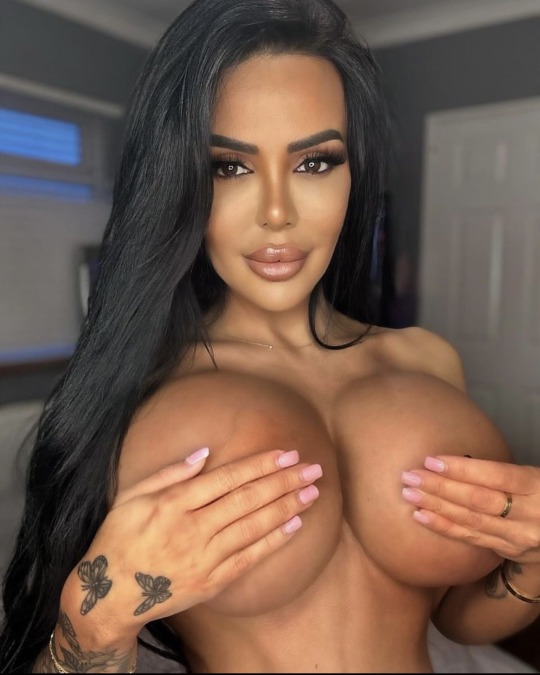
Gorgeous 💙💜
408 notes
·
View notes
Text

124 notes
·
View notes
Text
I know I've talked about this before, but as somebody with Strong features who has been mocked for it, it really infuriates me when people bully others for changing their strong features through surgery instead of criticizing beauty culture, you know, a big issue as to why people with strong or ethnic features are often bullied or even discriminated against. When you bully people for altering their appearance through surgery, you may just be victim-blaming somebody. Beauty culture is the issue, not somebody using their bodily autonomy as they see fit.
#beauty culture#honestly i think one of the reasons people have stopped mocking me for my features is simply because...#...they were 'masculinizing' features and since i am a man people aren't as willing to 'call it out'...#...now that people have recognized my manhood i've noticed they're less inclined to call out the features they see as masculine...#...because it's like saying 'the sky is blue!!!!' and expecting people to be horrified and shocked#even in a post-beauty culture world 'cosmetic' plastic surgery would still exist#because it is an aspect of bodily autonomy#i have some Thoughts on this#(i will say in the first few tags that people have still pointed out my features but like. my dysphoria doesn't latch onto it anymore)#(and i've embraced that i just look Like My Dad and i always have and probably always will)#this was just inspired by somebody expressing that they changed their strong feature because of bullying/beauty culture...#...and people were making fun of *her* instead of criticizing and hating beauty culture for tormenting her for how she existed#would she have changed her strong nose if not for beauty culture? who knows because that isn't the world we're living in rn#but you can't just ignore how painful it was to have been TORMENTED for your NATURAL BODY#like that's honestly the lowest of the low imo#and i 100% support her decision because her bodily autonomy is *absolute*#without bodily autonomy you have NOTHING. if you do not OWN your body you own NOTHING.
121 notes
·
View notes
Text
Disconnected running thoughts on this 1911 plastic surgery book:
Ooh, retro autoclave:
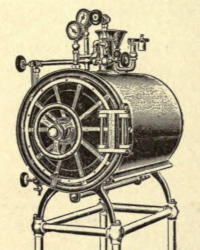
In retrospect I should not have been surprised that those butterfly closure thingies were that old.

Oh wow, those are fancy:
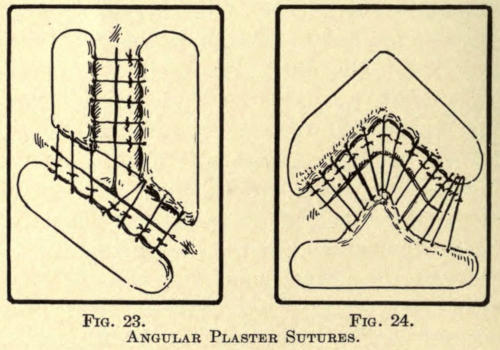
On post-surgery care:
The strength of the patient must be supported by the free use of stimulants and frequent small quantities of nutritious food. Milk with whisky is excellent.
I appreciate that they champion local over general anesthetic where at all possible, but this bit was, uh:
In neurotic and anemic subjects a full dose of strong wine or whisky should be given half an hour before operation. Habitual drinkers should be given one quarter grain morphin sulphate.
There was a really good stretch where it was talking about the, like, fabric of skin and had a bunch of diagrams that I doubt are much different from today's practice. And then we got into "zoödermic grafts."
That is…a long section on paraffin. And vaseline. Dude was really into injecting paraffin and vaseline into people.
Okay, I'm most of the way through skimming this and it swings wildly between "techniques that definitely saved peoples' lives and/or quality thereof" and "dangerous things done for vanity." Which is kind of still where plastic surgery sits today, to be honest.
Imagine getting electrolysis with a bunch of these suckers:
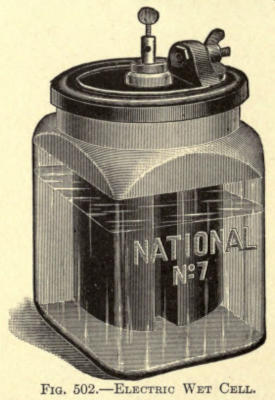
Aaand fini! Phew, that was a trip. I didn't even make a little note of everything that was notable.
The 1910s/20s were a wild time for medicine. Got one good foot into the waters of medicine that actually consistently helped people (mostly by being pretty solid on the "germs bad" part), but there was still a whole lot of throwing random drugs and injections at the problem without actually like, checking if they were poison or not first.
0 notes
Text
The Female Hunger
There is an eternal void inside my heart that is gnawing my blood, bones and sinew. The mirror haunts me, reflecting what I am and mocking what I can never be. I see the asymmetrical eyes, the pudgy stomach and scarred legs. To be seen by the world is to be fulfilled. The void is hungry for beauty, it demands it. So I sew my eyes, my stomach and my legs. Yet, the void only grows hungrier. It doesn't care that I am skin and bones or that my body is black and blue. But Before I can satiate its hunger, it devours my soul.
#radical feminists do touch#radblr#radical feminism#terfsafe#radical feminists do interact#terfblr#trans exclusionary radical feminist#women are the superior sex#anti plastic surgery#anti cosmetic surgery#All cosmetic surgeries should be banned#anti beauty industry#anti beauty culture#anti beauty standards#anti makeup#female seperatism
18 notes
·
View notes
Text
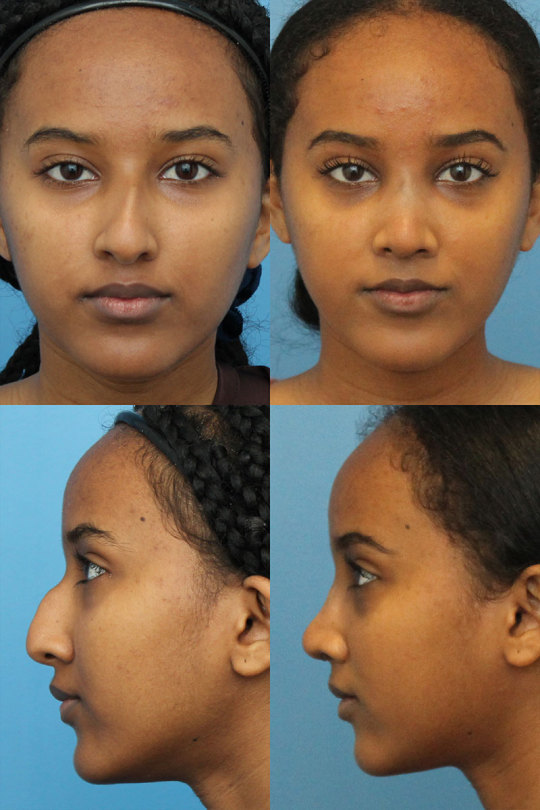

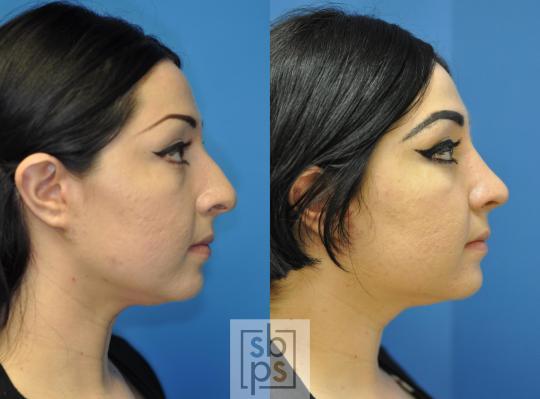

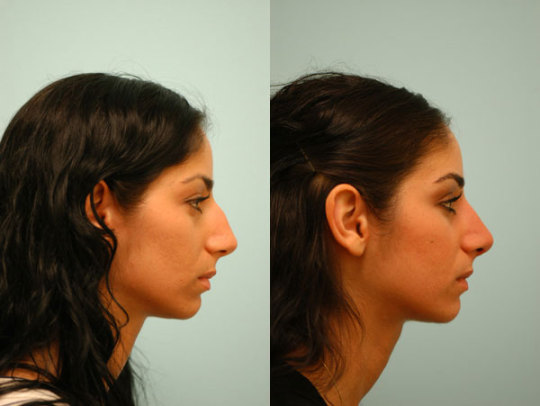

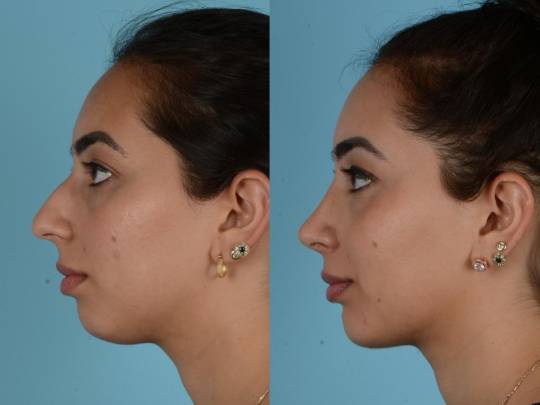
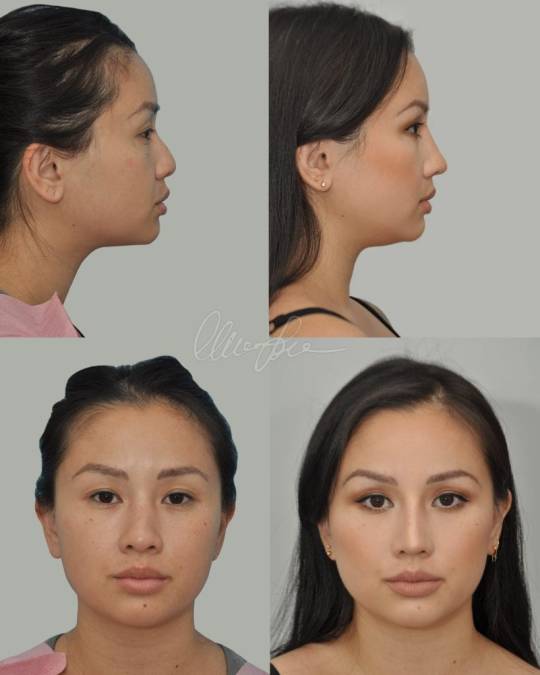
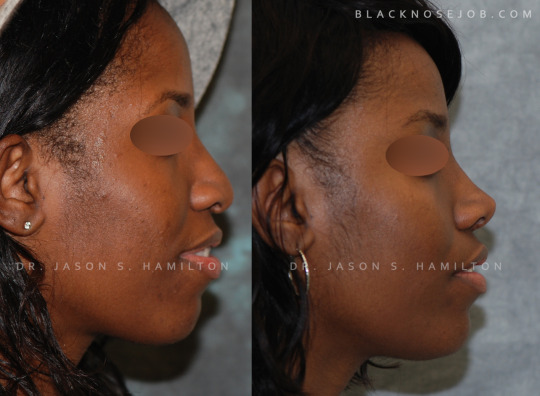
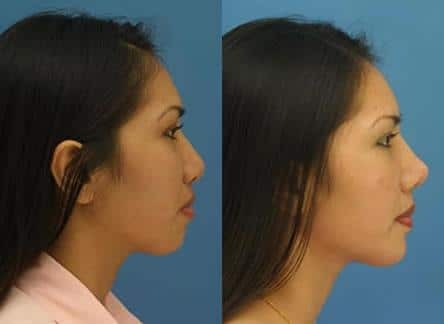
When I see plastic surgery like this, I don't feel disgust for the women. I feel disgust for the society that convinced them their noses are not beautiful
#plastic surgery#i hate plastic surgery#i hate this industry#cosmetic surgeon#cosmetic surgery#plastic surgeon#cosmetic surgery is evil#plastic surgery is evil#feminism#radical feminism#radfem#libfem#liberal feminist#liberal feminism#radical feminist#gender roles#intersectionality#feminist theory#intersectional feminism#race and ethnicity#racial and ethnic discrimination#ethnicity#race#eugenics
160 notes
·
View notes
Text
During the '80s, mannequins set the beauty trends—and real women were expected to follow. The dummies were "coming to life," while the ladies were breathing anesthesia and going under the knife. The beauty industry promoted a "return to femininity" as if it were a revival of natural womanhood—a flowering of all those innate female qualities supposedly suppressed in the feminist '70s. Yet the "feminine" traits the industry celebrated most were grossly unnatural—and achieved with increasingly harsh, unhealthy, and punitive measures.
The beauty industry, of course, has never been an advocate of feminist aspirations. This is not to say that its promoters have a conscious political program against women's rights, just a commercial mandate to improve on the bottom line. And the formula the industry has counted on for many years—aggravating women's low self-esteem and high anxiety about a "feminine" appearance—has always served them well. (American women, according to surveys by the Kinsey Institute, have more negative feelings about their bodies than women in any other culture studied.) The beauty makers' motives aren't particularly thought out or deep. Their overwrought and incessant instructions to women are more mindless than programmatic; their frenetic noise generators create more static than substance. But even so, in the '80s the beauty industry belonged to the cultural loop that produced backlash feedback. Inevitably, publicists for the beauty companies would pick up on the warning signals circulating about the toll of women's equality, too—and amplify them for their own purposes.
"Is your face paying the price of success?" worried a 1988 Nivea skin cream ad, in which a business-suited woman with a briefcase rushes a child to day care and catches a glimpse of her career-pitted skin in a store window. If only she were less successful, her visage would be more radiant. "The impact of work stress . . . can play havoc with your complexion," Mademoiselle warned; it can cause "a bad case of dandruff," "an eventual loss of hair" and, worst of all, weight gain. Most at risk, the magazine claimed, are "high-achieving women," whose comely appearance can be ravaged by "executive stress." In ad after ad, the beauty industry hammered home its version of the backlash thesis: women's professional progress had downgraded their looks; equality had created worry lines and cellulite. This message was barely updated from a century earlier, when the late Victorian beauty press had warned women that their quest for higher education and employment was causing "a general lapse of attractiveness" and "spoiling complexions."
The beauty merchants incited fear about the cost of women's occupational success largely because they feared, rightly, that that success had cost them—in profits. Since the rise of the women's movement in the '70s, cosmetics and fragrance companies had suffered a decade of flat-to-declining sales, hair-product merchandisers had fallen into a prolonged slump, and hairdressers had watched helplessly as masses of female customers who were opting for simple low-cost cuts defected to discount unisex salons. In 1981, Revlon's earnings fell for the first time since 1968; by the following year, the company's profits had plunged a record 40 percent. The industry aimed to restore its own economic health by persuading women that they were the ailing patients—and professionalism their ailment. Beauty became medicalized as its lab-coated army of promoters, and real doctors, prescribed physician-endorsed potions, injections for the skin, chemical "treatments" for the hair, plastic surgery for virtually every inch of the torso. (One doctor even promised to reduce women's height by sawing their leg bones.) Physicians and hospital administrators, struggling with their own financial difficulties, joined the industry in this campaign. Dermatologists faced with a shrinking teen market switched from treating adolescent pimples to "curing" adult female wrinkles. Gynecologists and obstetricians frustrated with a sluggish birthrate and skyrocketing malpractice premiums traded their forceps for liposuction scrapers. Hospitals facing revenue shortfalls opened cosmetic-surgery divisions and sponsored extreme and costly liquid-protein diet programs.
The beauty industry may seem the most superficial of the cultural institutions participating in the backlash, but its impact on women was, in many respects, the most intimately destructive—to both female bodies and minds. Following the orders of the '80s beauty doctors made many women literally ill. Antiwrinkle treatments exposed them to carcinogens. Acid face peels burned their skin. Silicone injections left painful deformities. "Cosmetic" liposuction caused severe complications, infections, and even death. Internalized, the decade's beauty dictates played a role in exacerbating an epidemic of eating disorders. And the beauty industry helped to deepen the psychic isolation that so many women felt in the '80s, by reinforcing the representation of women's problems as purely personal ills, unrelated to social pressures and curable only to the degree that the individual woman succeeded in fitting the universal standard—by physically changing herself.
-Susan Faludi, Backlash: the Undeclared War Against American Women
#Susan faludi#female beauty#amerika#consumerism#performative femininity#cosmetic procedures#plastic surgery
42 notes
·
View notes
Text
self care has been so twisted into serving capitalism and the patriarchy it makes me sick actually
#like the reason everyone started talking about self care was because people were getting burnt out by their jobs and lives in general#and like. specifically women who are usually expected to be selfless in their lives#self care was a way to reframe ‘being selfish’ i.e. taking time for yourself to relax#which was NEEDED BECAUSE CAPITALISM HAS INGRAINED INTO PEOPLE THAT THEY SHOULD FEEL GUILTY IF THEY ARENT CONSTANTLY PRODUCING LABOUR#and now ads are like. buy this leg waxing kit for SELF CARE you DESERVE it. buy this $90 foundation to hide your disgusting skin for SELF CA#RE#did you know it’s SELF CARE to meditate. but only about how you can be more productive and efficient#i see that one a lot on productivity reddit which i joined several years ago trying to manage my undiagnosed adhd and now i stay because i#find the expectations people have for themselves to be Wild#anyway if someone is telling you you need to buy something or spend money to exercise self care they do not care about your wellbeing they#care about getting your money#also if you’re a girl/woman and someone is trying to tell you that something is self care consider if they would suggest the same thing to#boys/men. like if they’re trying to tell you that cosmetics or hair removal or plastic surgery is self care they are lying to you#self care should be free and accessible and gender neutral and if it isn’t then think about who is actually benefiting
33 notes
·
View notes
Text

So hot 🔥
135 notes
·
View notes
Text

I am not pro-plastic; however, I cannot condemn cosmetic surgery either. I enjoy the effect of it, I run a bimbo blog, that's no secret.
But cosmetic surgery, like all surgery, comes at a risk -- in the "bimbo" community alone many women have died trying to max themselves out physically -- and I can't condone the reality and possibility of a fatal outcome for something so frivolous. Cosmetic surgery is not foolproof or all-encompassing either. I'm no doctor, I haven't studied this, but I follow enough of these women online (as I'm sure many of you do) to know that these procedures require routine maintenance, upkeep; not to mention instances where further surgery is required to makeup for unforeseen complications, including unsatisfactory results.
I think you get the picture. And if you don't, watch Death Becomes Her.


That's my main objection. No matter how sexually satisfying I often find the results the risks far outweigh the benefits, in my opinion.
Another common and also very real objection, usually intermingled with this one, is the internalized desire to adhere to a male ideal of sexualization; self-objectification.
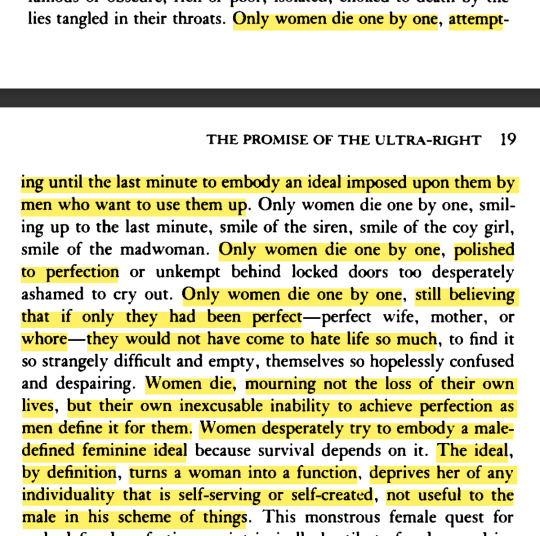
I take issue with this objection for cosmetic surgery, not because I disagree with it or think women should feel a desire to be desired, my issue is more implicit than that; the underlying expectation that one must be satisfied with or even comfortable in their natural body. Sexual freedom begins not only with physical self-possession but physical self-conviction. Not just confidence and control in one's self but assuredness, unwavering belief in one's self.
Of course, insecurity isn't the fault of the individual, and running off to get plastic surgery probably shouldn't be someone's first instinct of but I do think it's not an entirely invalid option depending on certain circumstances. Sometimes cosmetic surgery can make a monumental difference for an individual and be not only worth it, but freeing. As for whether cosmetic surgery should ever be considered worth it or freeing... well, no, but that's a much larger issue.
#bimbotxt#understandingbimbos#plastic surgery fetishism#plastic surgery#bimtheory#cosmetic surgery#death becomes her
17 notes
·
View notes
Text

Ready 😍😍😍
28 notes
·
View notes